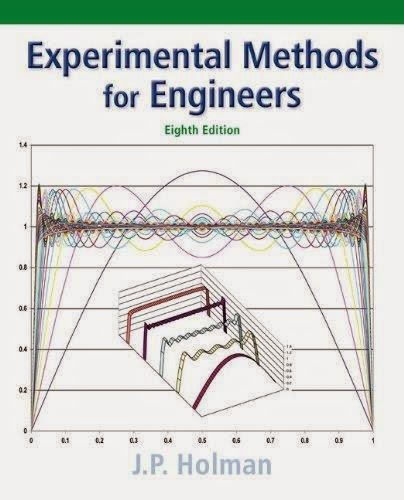Kuppan Thulukkanam, "Heat Exchanger Design Handbook, Second Edition "
2013 | ISBN-10: 1439842124 | 1260 pages | PDF | 38 MB
2013 | ISBN-10: 1439842124 | 1260 pages | PDF | 38 MB
Completely revised and updated to reflect current advances in heat exchanger technology, Heat Exchanger Design Handbook, Second Edition includes enhanced figures and thermal effectiveness charts, tables, new chapter, and additional topics––all while keeping the qualities that made the first edition a centerpiece of information for practicing engineers, research, engineers, academicians, designers, and manufacturers involved in heat exchange between two or more fluids.
See What’s New in the Second Edition:
Updated information on pressure vessel codes, manufacturer’s association standards
A new chapter on heat exchanger installation, operation, and maintenance practices
Classification chapter now includes coverage of scrapped surface-, graphite-, coil wound-, microscale-, and printed circuit heat exchangers
Thorough revision of fabrication of shell and tube heat exchangers, heat transfer augmentation methods, fouling control concepts and inclusion of recent advances in PHEs
New topics like EMbaffle®, Helixchanger®, and Twistedtube® heat exchanger, feedwater heater, steam surface condenser, rotary regenerators for HVAC applications, CAB brazing and cupro-braze radiators
Without proper heat exchanger design, efficiency of cooling/heating system of plants and machineries, industrial processes and energy system can be compromised, and energy wasted. This thoroughly revised handbook offers comprehensive coverage of single-phase heat exchangers—selection, thermal design, mechanical design, corrosion and fouling, FIV, material selection and their fabrication issues, fabrication of heat exchangers, operation, and maintenance of heat exchangers —all in one volume.
See What’s New in the Second Edition:
Updated information on pressure vessel codes, manufacturer’s association standards
A new chapter on heat exchanger installation, operation, and maintenance practices
Classification chapter now includes coverage of scrapped surface-, graphite-, coil wound-, microscale-, and printed circuit heat exchangers
Thorough revision of fabrication of shell and tube heat exchangers, heat transfer augmentation methods, fouling control concepts and inclusion of recent advances in PHEs
New topics like EMbaffle®, Helixchanger®, and Twistedtube® heat exchanger, feedwater heater, steam surface condenser, rotary regenerators for HVAC applications, CAB brazing and cupro-braze radiators
Without proper heat exchanger design, efficiency of cooling/heating system of plants and machineries, industrial processes and energy system can be compromised, and energy wasted. This thoroughly revised handbook offers comprehensive coverage of single-phase heat exchangers—selection, thermal design, mechanical design, corrosion and fouling, FIV, material selection and their fabrication issues, fabrication of heat exchangers, operation, and maintenance of heat exchangers —all in one volume.






